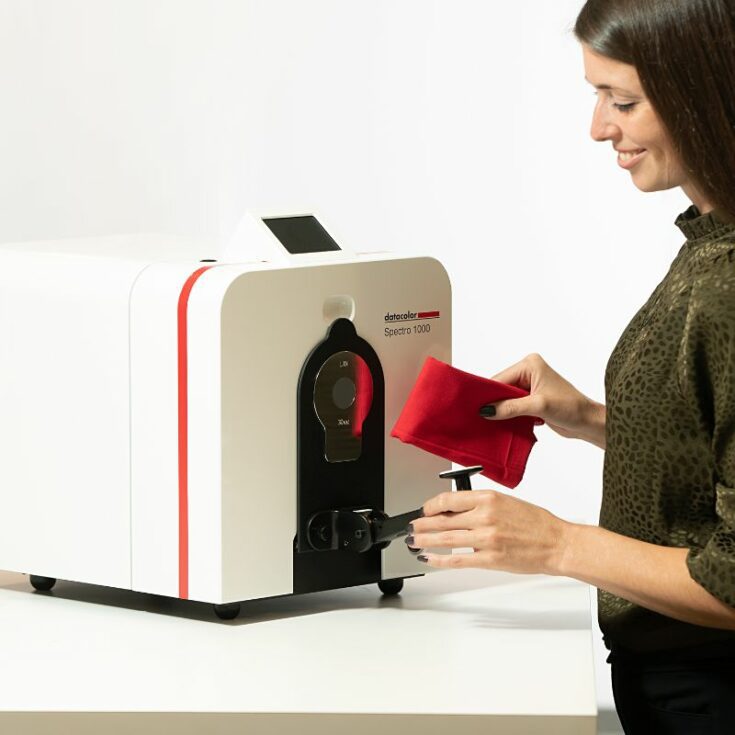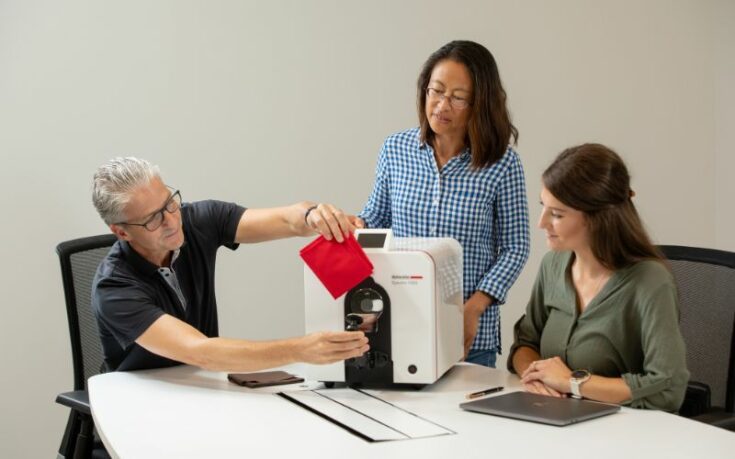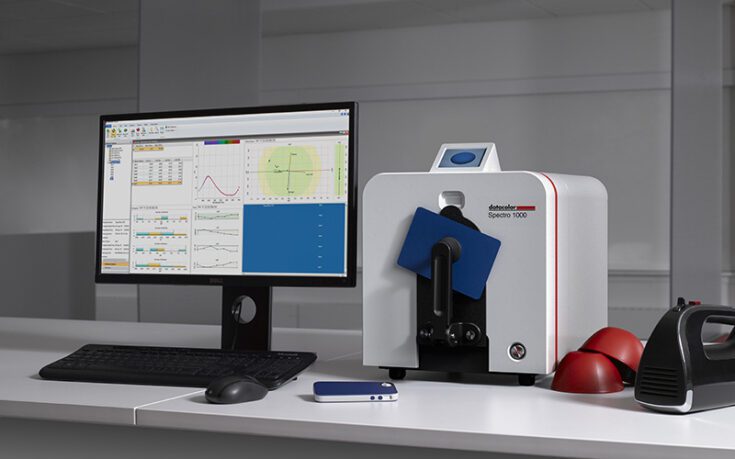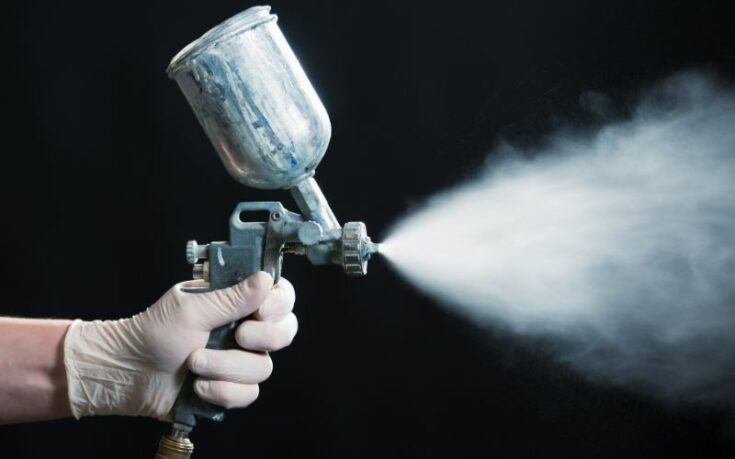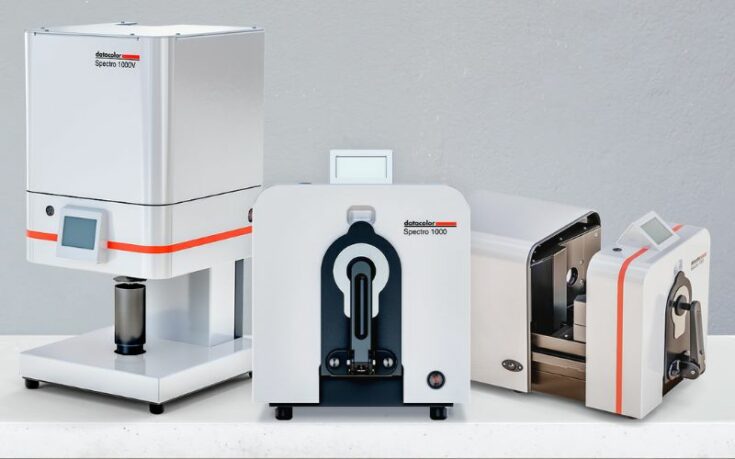What Is Color Measurement?
Color measurement is the process of quantifying the color of an object or material by capturing specific attributes, such as hue, chroma, and value. Using instruments like spectrophotometers and colorimeters, color measurement translates visual perception into precise numerical values, allowing for consistent and reproducible color comparisons. This process provides a way to move beyond subjective visual color assessment by assigning standardized data to color, making it possible to communicate, control, and reproduce colors accurately across different environments and materials.
In an industrial context, color measurement is essential for quality control, color matching, and ensuring brand consistency. From textiles to plastics and paints, industries use color measurement to maintain uniformity across production batches, meet customer specifications, and ensure that final products align with design expectations. By capturing color data in an objective, quantifiable format, companies can efficiently compare colors, achieve exact matches, and reduce the margin for human error in the production process.
Discover the Basics of Color Science!
